Got a long distance trek planned? My top long-distance walking tips below are all the things I wish someone had told me before I’d started going on thru-hiking adventures
I learnt a lot during my first long-distance hike – covering over 1000km on the Israel National Trail. A year later, I then went on to hike the desert section of the Jordan Trail.
(Read my bestselling memoir Three Stripes South about hiking the Israel National Trail.)
Hiking is very personal, and you’ll no doubt find your own style on the trail. But picking up a few tips early on can make all the difference in packing light, avoiding rookie mistakes and ending your trip short because of injury.
YOU MIGHT ALSO WANT TO CHECK OUT:
- How to pack a hiking backpack like a pro
- Thru hiking gear list
- 7 tips for stay warm while camping
- Tips for hiking in the desert
- 23 songs on my hiking playlist
#1 Invest in good boots and socks
On a thru hike, your feet are the number one most important thing and looking after them will make the biggest difference in the comfort of your journey. Investing in a decent pair of boots or shoes (what you take depends on terrain and preference) should, therefore, be a priority.
My leather boots (Hanwag) were not cheap but they are comfortable, protect my ankles and, as long as I look after them, should last me a long time. You should also take with you 2 pairs of good quality wool hiking socks (I use Bridgedale).
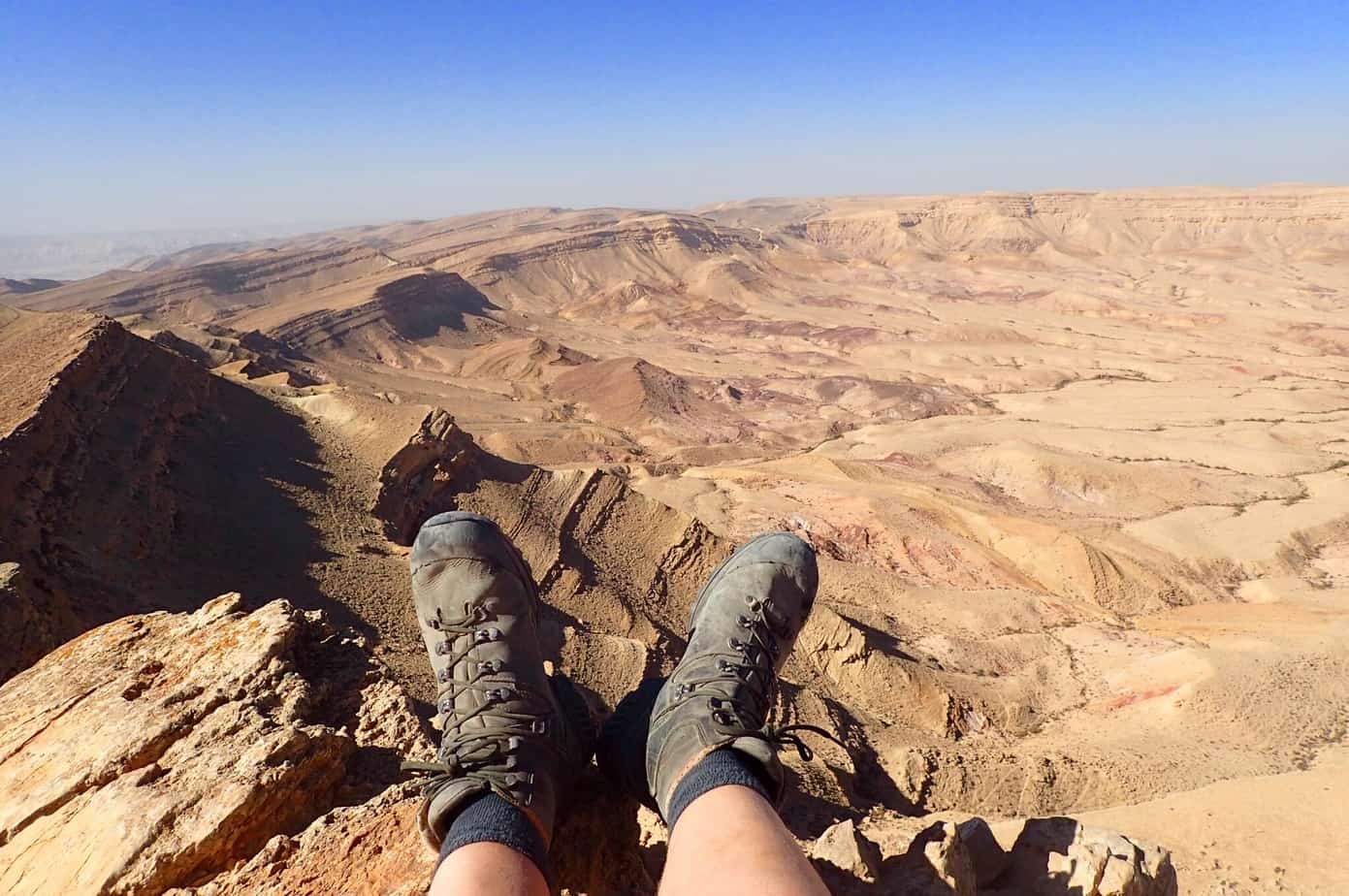
#2 Wear your boots in
A classic beginner mistake!
You will want to wear your boots or shoes as much as possible before the trek to reduce blisters and other problems. Start with short journeys like walking to the shops or just wearing them around the house. Once you are confident they aren’t going to cause you any problems then start wearing them on longer day hikes.
#3 Pack as light as you can
Being able to spend a bit more helps here as ultralight equipment normally comes at a cost. Regardless though, the less you take, the easier it will be for you – it will be quicker to pack, you will have fewer things to lose and less weight to carry.
Buying second-hand will save you a ton of money. As well as being more environmentally friendly.
Check out my kit list to give you an idea of what you might need.
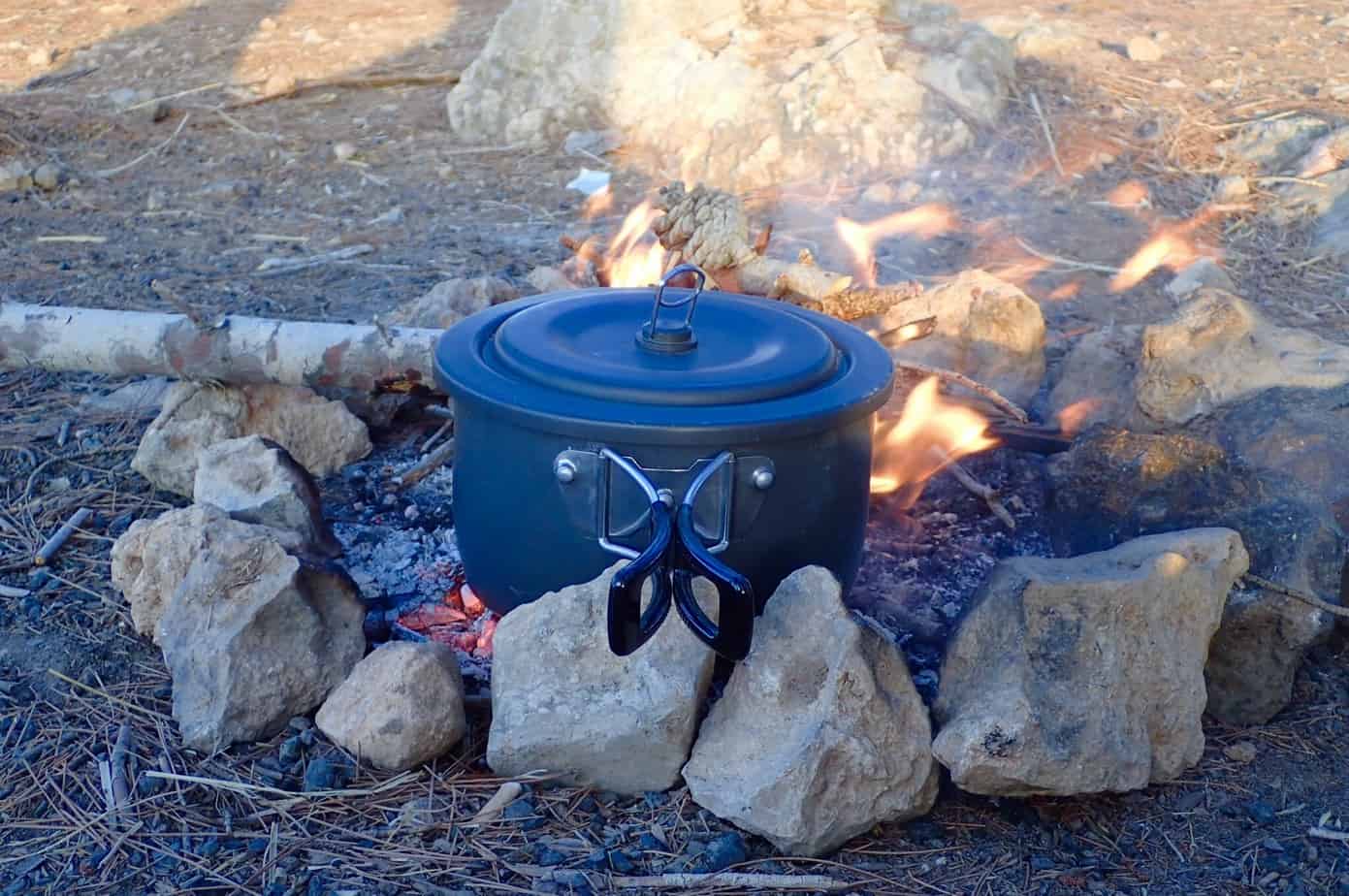
#4 Sleeping bags work better outside the stuff sack
This was a revelation for me. I threw out my stuff sack and just squashed my sleeping bag in the bottom of my rucksack.
Not only does this take up much less space, but it also saves so much time packing in the morning. I also ditched my Therm-a-rest roll mat stuff sack as well.
But make sure if you do this that you follow #5…..
#5 Waterproof your bag
Wet kit is never fun and usually leads to cold, miserable nights. Waterproof bags covered are ok but I’ve found the most effective technique is using a large dry sack inside your bag that protects everything.
#6 Test run all your equipment
Fit in at least 1 overnight test run of all your equipment. It’s a great opportunity to ditch useless kits that you don’t need and to fix any problems.
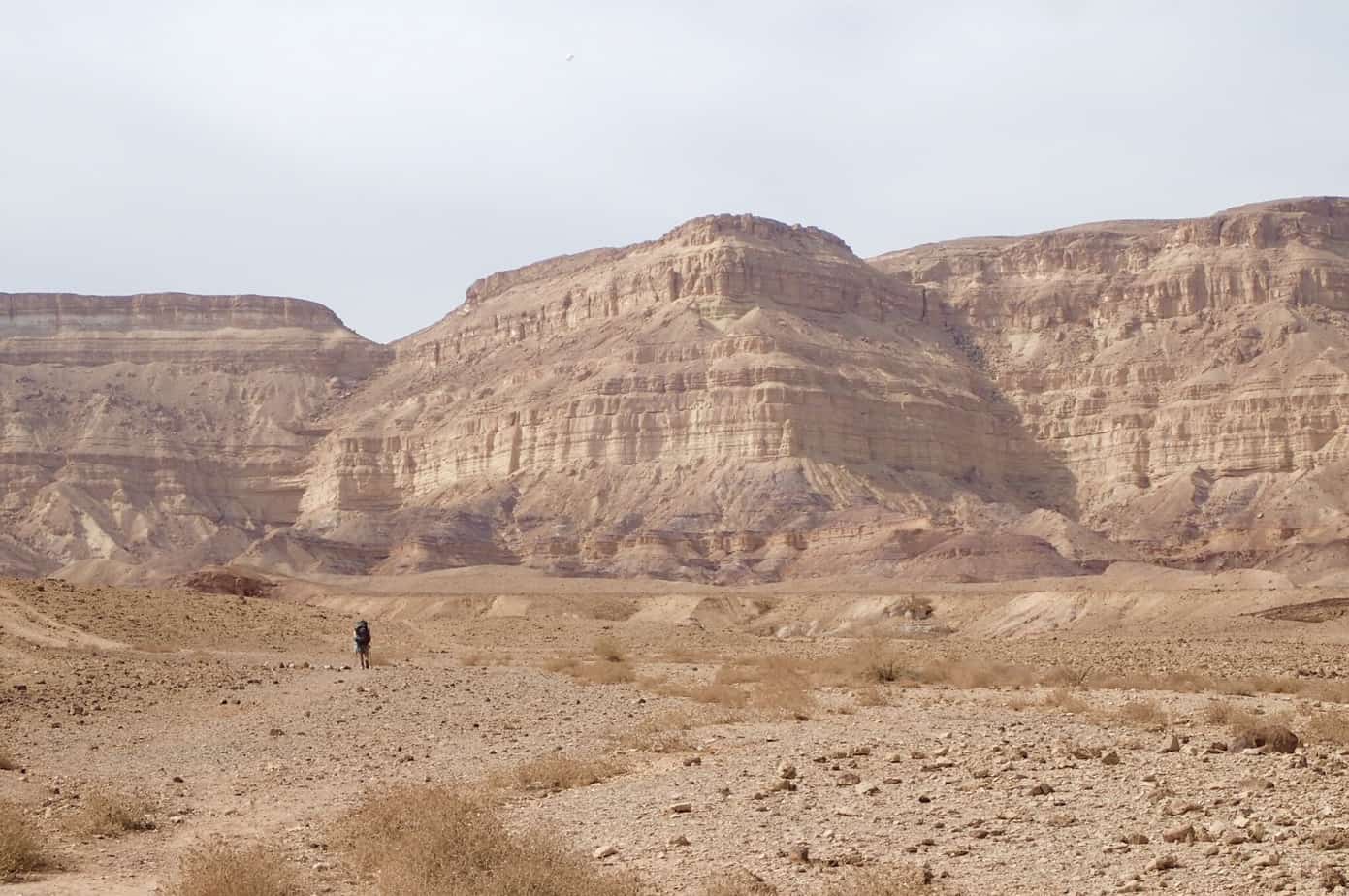
#7 Fitness can be built as you go
Ideally, you will fit in some long walks and carry your (full) pack around a bit before you set off. If you run out of time to train properly though, don’t worry. I did not start the Israel National Trail in good shape. Sure, the first couple of weeks were tough, but, as long as you have a good basic fitness level, your body will adjust surprisingly quickly.
#8 Laziness is your worst enemy
Everything on a long-distance hike can feel like too much effort sometimes – stopping to readjust an uncomfortable pack or shoes, making a proper meal at the end of the day, sealing everything properly, getting up in the night to put the outer of your tent on if it starts to rain, etc. It can be easy to cut corners, but this can lead to disastrous consequences – blisters, pulled muscles, wet equipment, lack of energy.
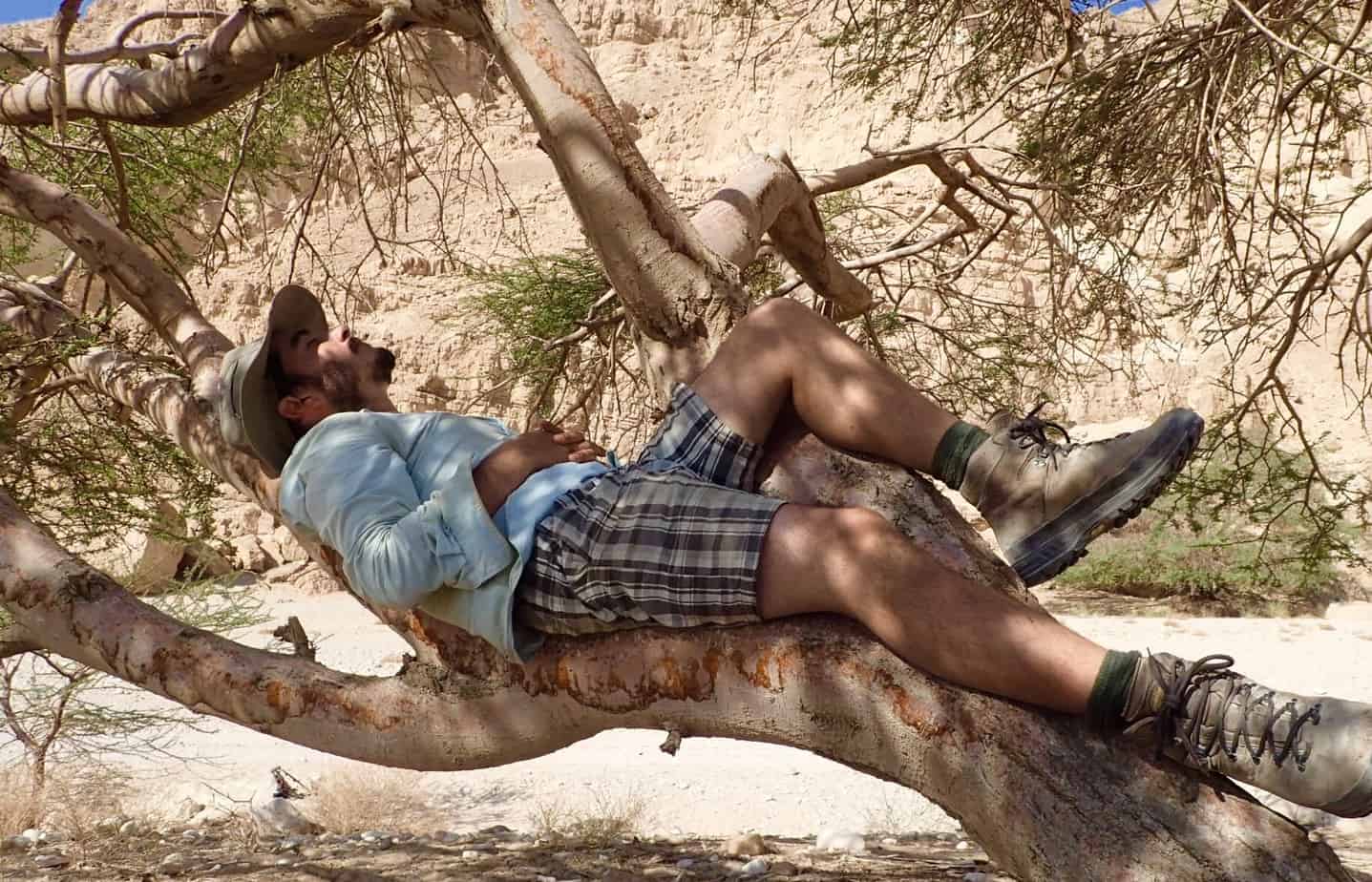
#9 Blisters; Prevent don’t treat
I only got 1 blister the entire trip, hiking 1000km on the Israel National Trail, thanks to learning how to prevent them.
Firstly, good shoes and socks, and don’t forget to wear them in. If you are prone to blisters, also take a liner pair of socks; they work brilliantly. Another method that works well is rubbing a generous amount of Vaseline around the areas that rub before you put your socks on.
#10 Take and give generously
The hiker community is amazing, as are the trail angels (people who help hikers). Don’t be shy to take people up on their generosity. I’m not alone in saying that the people I met were the highlight of my trip. Equally, be generous with others. Share food if you have it, help with advice or find your own way to give back some trail magic. It’s all part of becoming an active member of the community.
#11 Always check your area after a break
My next long distance walking tip: check your area when you leave. When you pack ultralight, everything you have with you is vital, so losing something can be a real pain. Every time you stop for a break or leave camp, make a habit of doing a sweep of the area.
#12 Consume regularly
Drink plenty in the mornings before you leave camp and in the evenings when you set up camp. In the day you want to be sipping water regularly (hydration bladders are great for this). How much you drink depends on how hot it is but you should be looking at at least 2 litres in the day.
Food intake is also important. You want high-calorie, high-energy foods. Snacks should cover both sugars, for instant energy, and carbohydrates, for long-term energy. Learn to love nuts if you don’t already! I also try to supplement my diet with multivitamins.
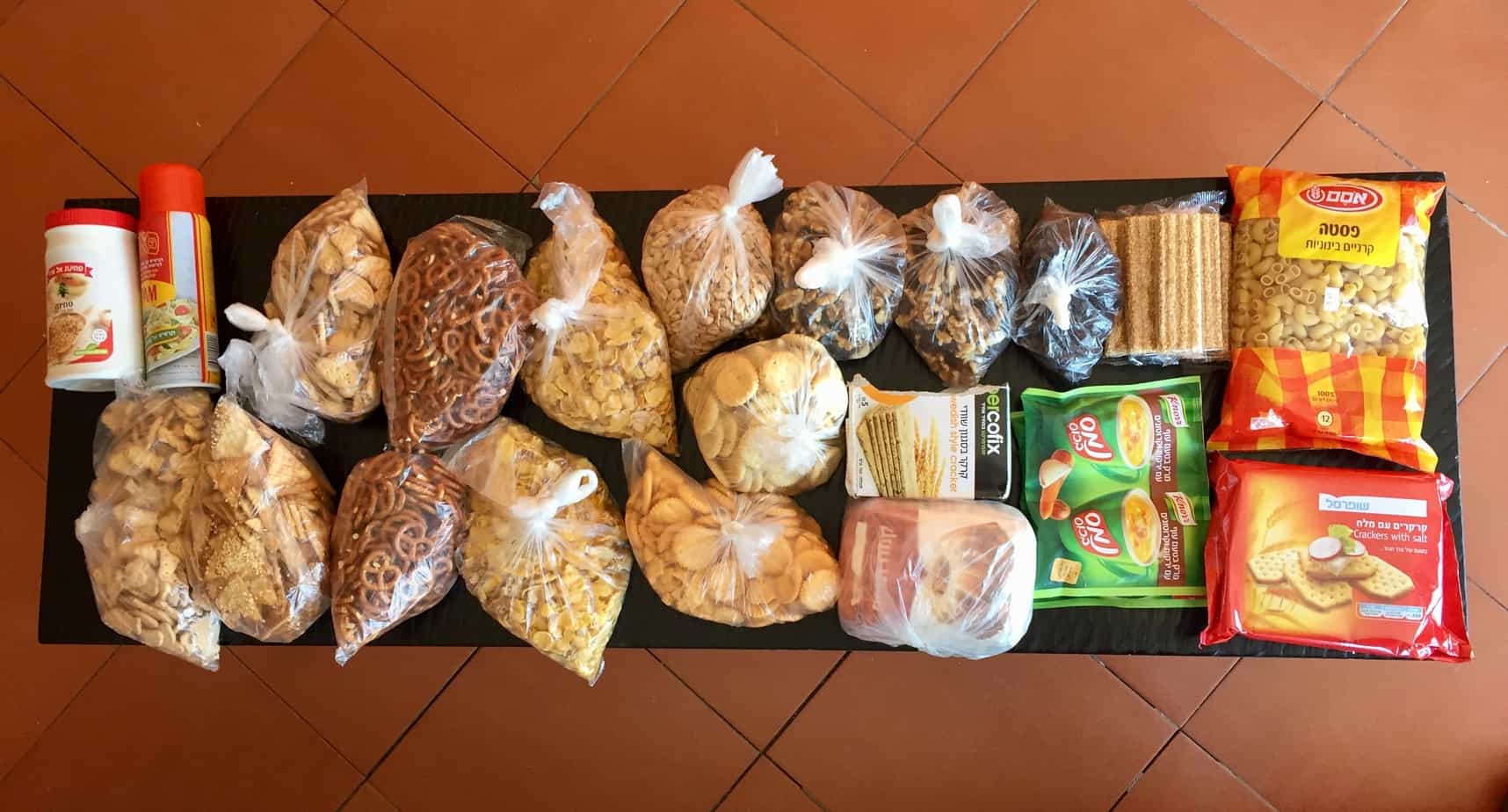
#13 Get plenty of sleep
On a thru hike, you will sleep a lot more than you normally do. You will likely set an alarm lot to make the most of the mornings. Make the most of easier days, though and allow yourself a lie in to wake up naturally.
#14 Take things easy
As a minimum, most people take 1 rest day every week. The Israel National Trail is a tough trek, hot and with lots of scrambling terrain….plus I was new to hiking. So I preferred to take a day off every 5 days.
On top of that, give yourself some contingency time so you can take an extra day if you are not in the mood, like the place you are staying in or get an injury. It’s not fun feeling too rushed. Start slow as well, and give yourself a couple of weeks to get used to hiking before you start planning longer days.
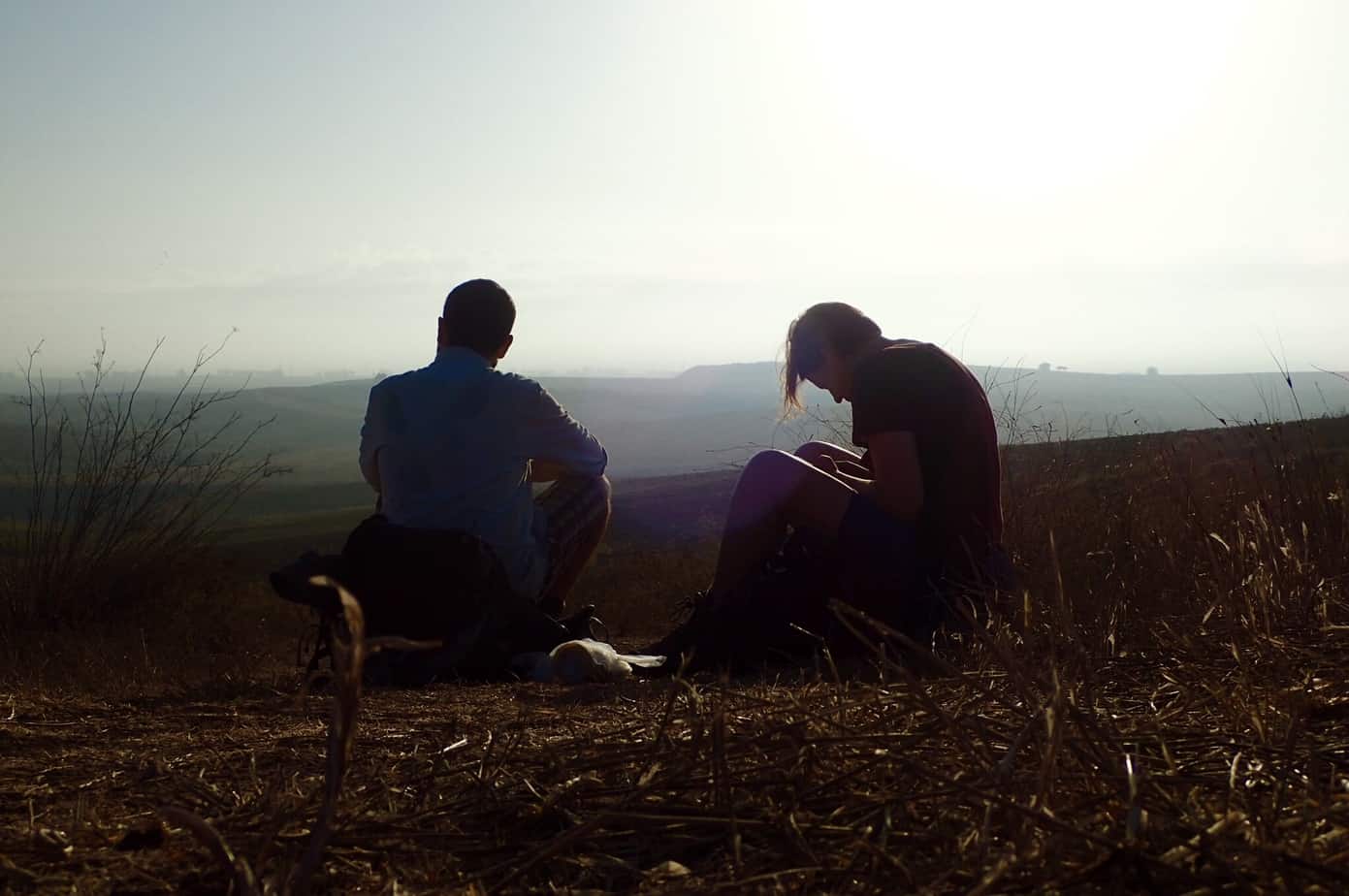
#15 If you think you need to wee….wee!
Especially at night. Never ignore the urge to wee. It’s cold and annoying getting up in the night but just do it. It will keep you up for hours, or keep waking you up, until, at last, you give in and realise you won’t be able to sleep until you’ve gone – it’s a camping thing!
You might also want to check out my tips for staying warm while camping.
#16 Don’t compare
There will be people walking faster than you and people walking slower. Things you find easy, others will find difficult and vice-versa. Everyone has their own capabilities, experience, strengths and weaknesses. Hikers love to compare, and it can be easy to knock yourself down.
Learn to celebrate your own personal successes regardless of others.
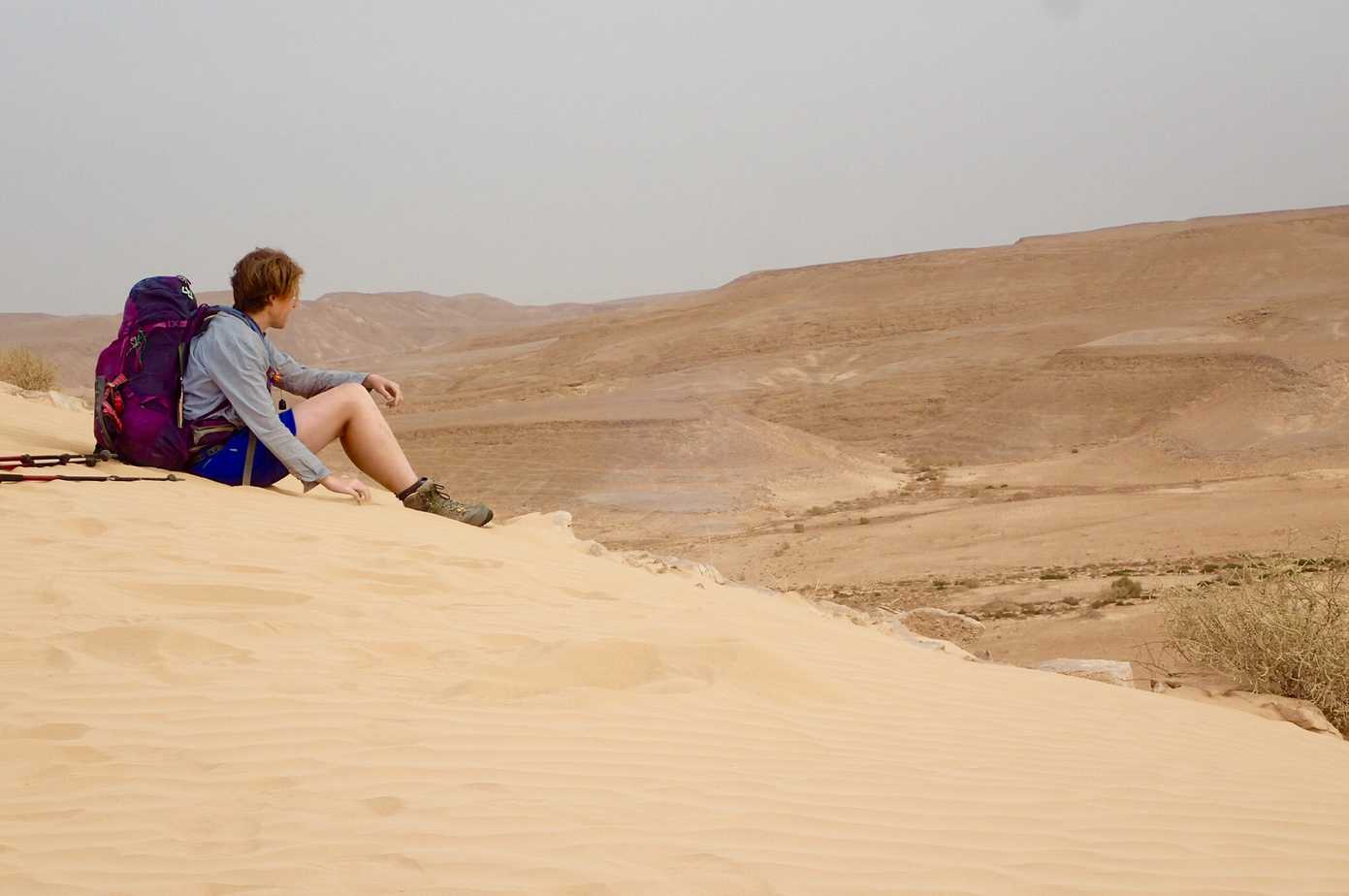
#17 Stretch daily
This is a game-changer on my long distance walking tips when it comes to preventing injuries.
Every evening when long distance hiking, I try to do 15 minutes of stretching. It made all the difference, loosening up my muscles and making it easier to sleep and get going the next day.
#18 Understand the weather
Do some research before you go on the area and season so you can plan your outfit and gear accordingly. Make a habit of checking weather forecasts every week to avoid dangerous situations from heavy rain, snow or heat waves.
If you are heading to the desert, check out these tips for desert hiking.

#19 Know it’s not always fun
Thru-hiking isn’t a glamorous montage of adventures and amazing moments. It’s a journey with highs, lows, good times and lots of tough times in between. It swings in roundabouts. I would have stretches where I was bored, fed up, tired and didn’t know why I was doing this. Then, suddenly, I would have a day where I felt completely alive and in awe of what I was doing.
Be realistic and learn to look at the tough times as all part of the experience.
#20 Find ways to tackle boredom
Walking 8-10 hours every day was sometimes boring. Being with other people helps pass the time, but, often, I would find myself completely on my own. An iPod shuffle is a great hikers companion (they’re very small and light, and the battery lasts a while).
As well as music, I downloaded a few podcasts and audiobooks. I can fully recommend giving singing out loud at the top of your voice a go as well….and dancing if you are in the mood.
Check out 23 Songs on my hiking playlist!
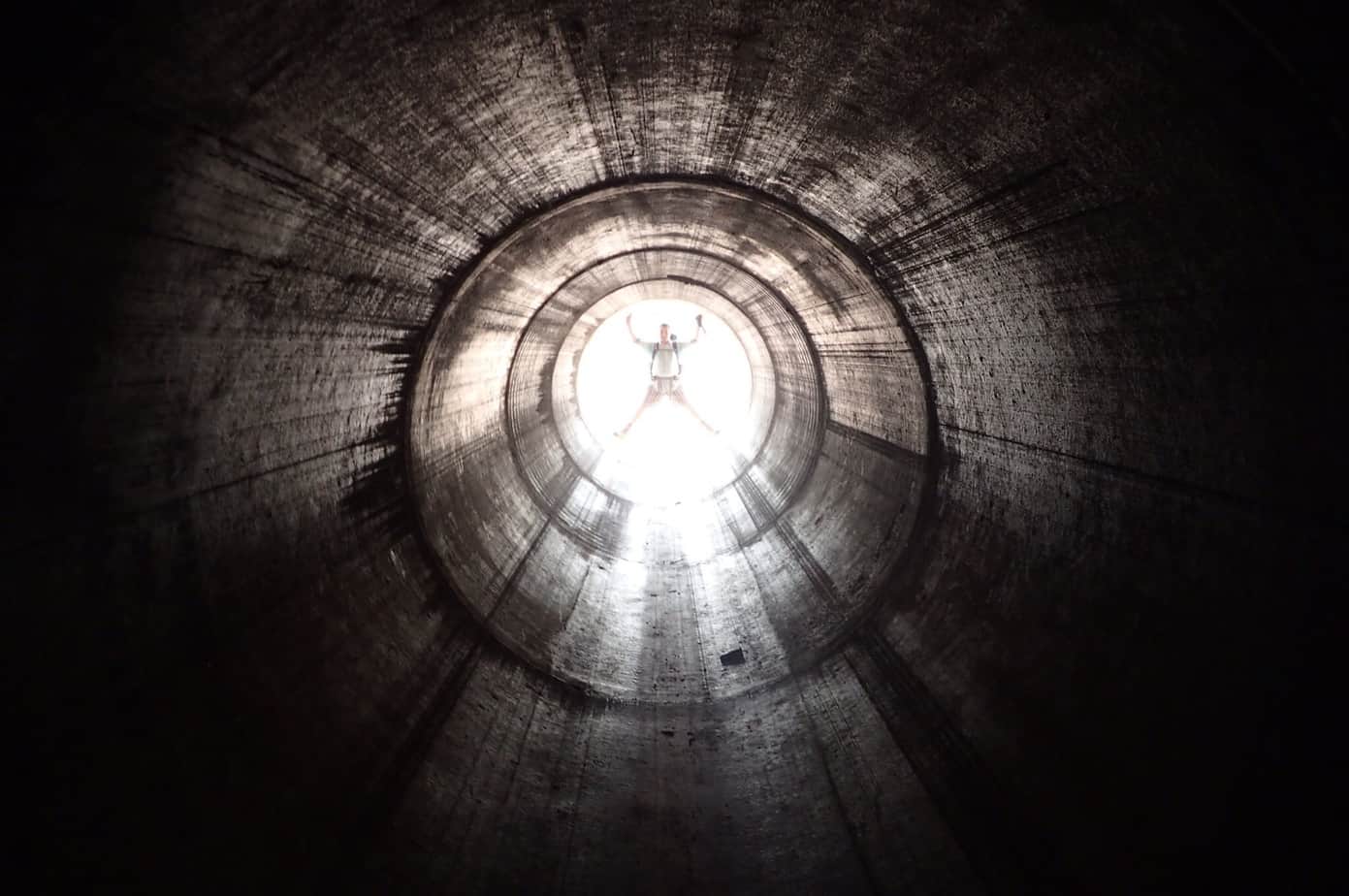
#21 Do your own long distance hike
You will meet people along the way, and it can be easy to end up following others and fitting in around their style. I learnt quickly to be comfortable saying that I wanted to walk on my own or that I wanted to camp somewhere different. As much as a thru-hike is about meeting people, it’s also about discovering your own journey.
Walk at your own pace and follow your gut instincts. Make sure you spend some time alone. It’s those moments, being alone in nature, that I cherish the most when I look back on my experience.
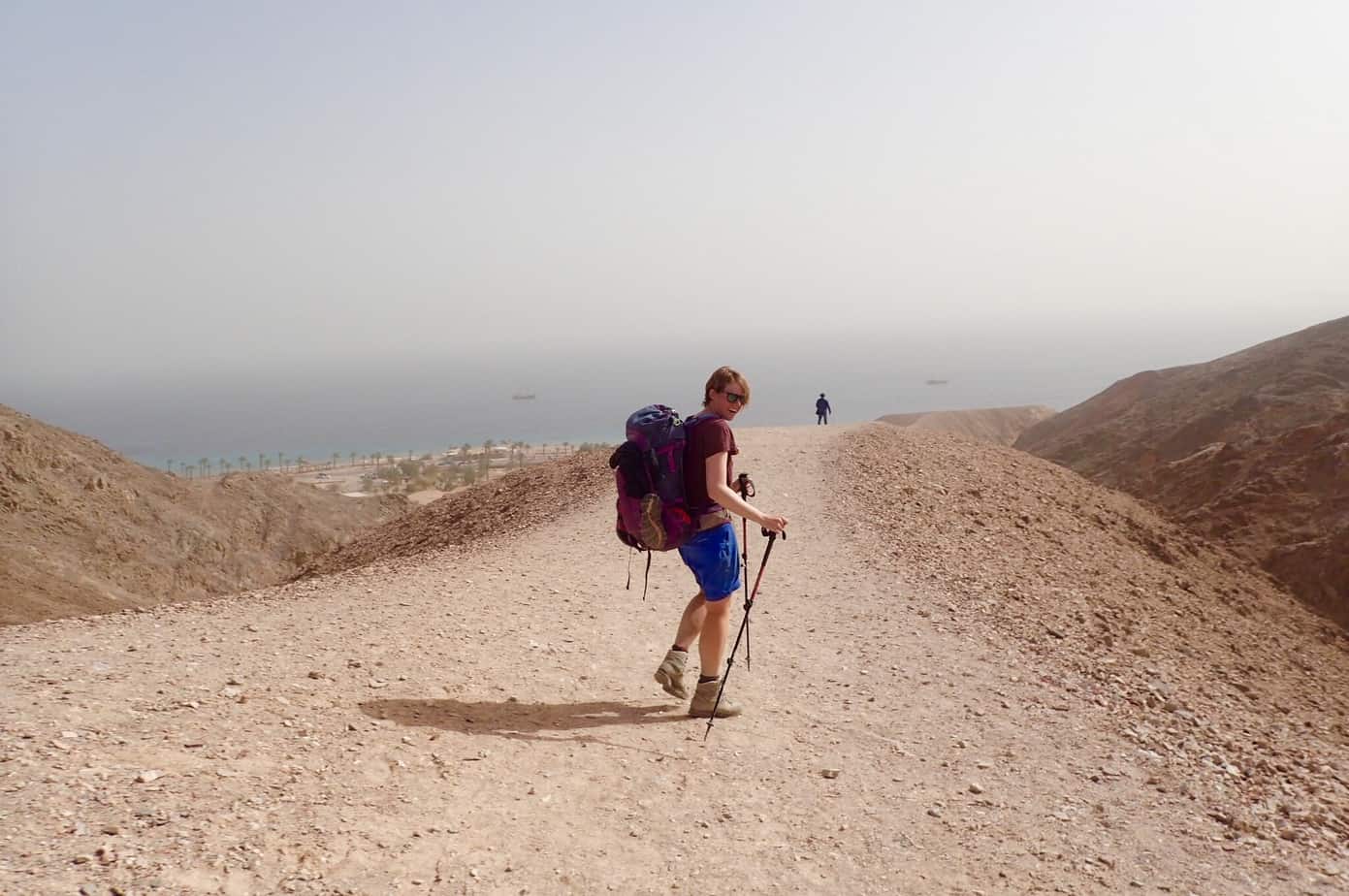
#22 Don’t have any expectations for the end
As well as being exciting and rewarding, the end came as a relief. Once the mixed emotions had passed, I had a strange anti-climax. Fitting back into a new life takes some adjusting. The final of my long distance walking tips is to not build any expectations…..just take it as it is.
#23 Make sure you are covered!
I’ve had to visit hospitals on three different occasions while abroad. I also had my bag stolen in Bangkok with everything I had with me in it…. including my passport and money. Insurance is SO important to have. So make sure you are covered.
Not all insurance covers long-distance walking so double-check this. For all my long-distance treks, I previously used World Nomads.
World Nomads Travel Insurance
It’s important that you have travel insurance for your travels. World Nomads are a travel insurer that I’ve used multiple times before for my adventures. World Nomads covers more than 150 adventure sports and activities and worldwide coverage.
I’m part of World Nomads’ affiliate program (which means I get a small recommenders fee if you choose to use them, at no extra cost to you). Get a quote here.
I hope you found these long distance walking top tips helpful.
Got a long distance hike planned? Then let me know if you have any questions in the comments box below. I’d also love to know if you have any of your own top tips for long distance trekking.
You can stay updated with my adventures and advice on Facebook and Instagram. Or you can subscribe to my YouTube channel. I give all my advice for free on my website. If you want to say thanks, you can buy me a coffee!
**MY BOOK ABOUT HIKING THE ISRAEL NATIONAL TRAIL** Grab a copy of my published book, Three Stripes South. All about my hike on the INT and how it changed my life. Don’t forget to also sign up to my newsletter to stay up to date with future adventures.

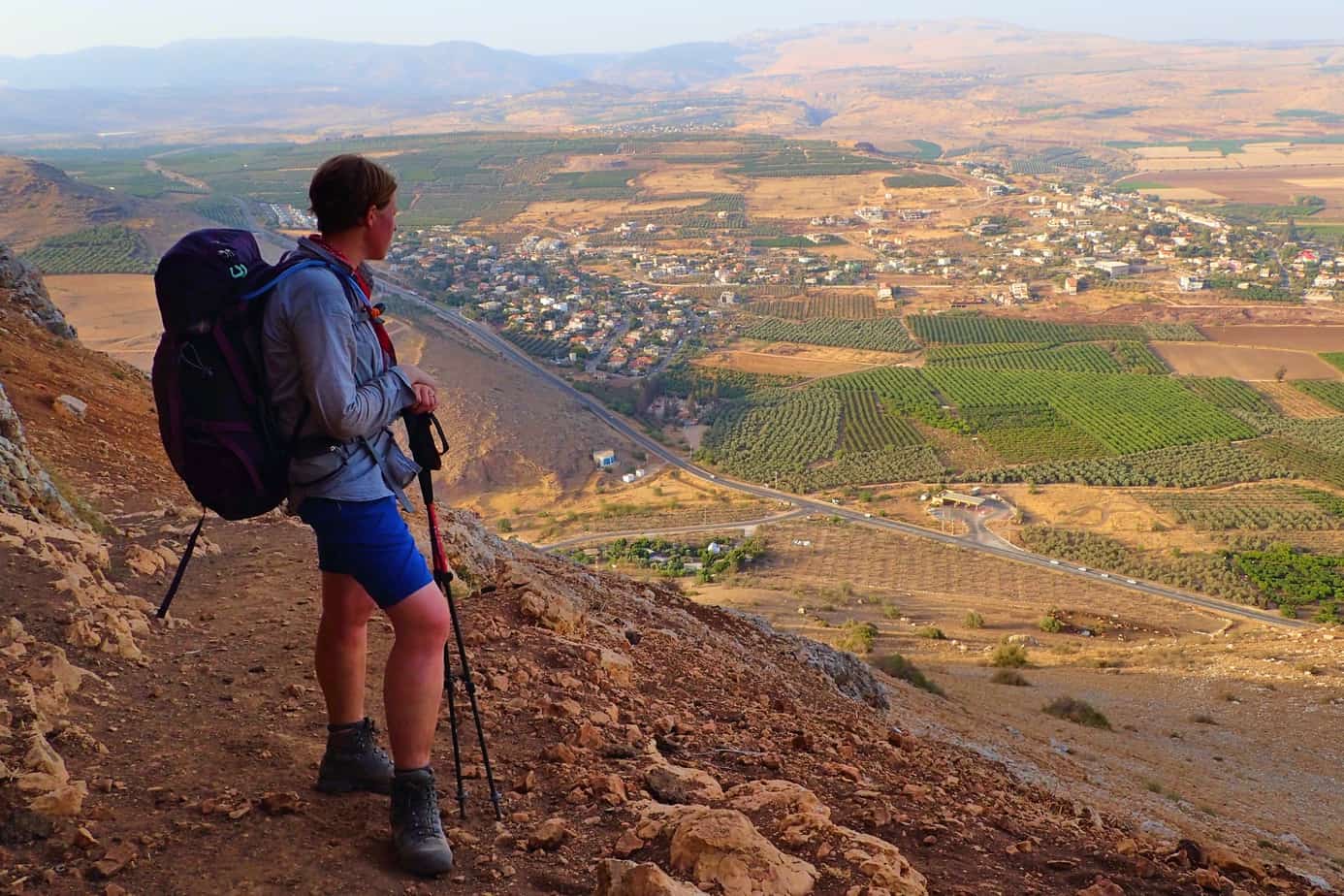


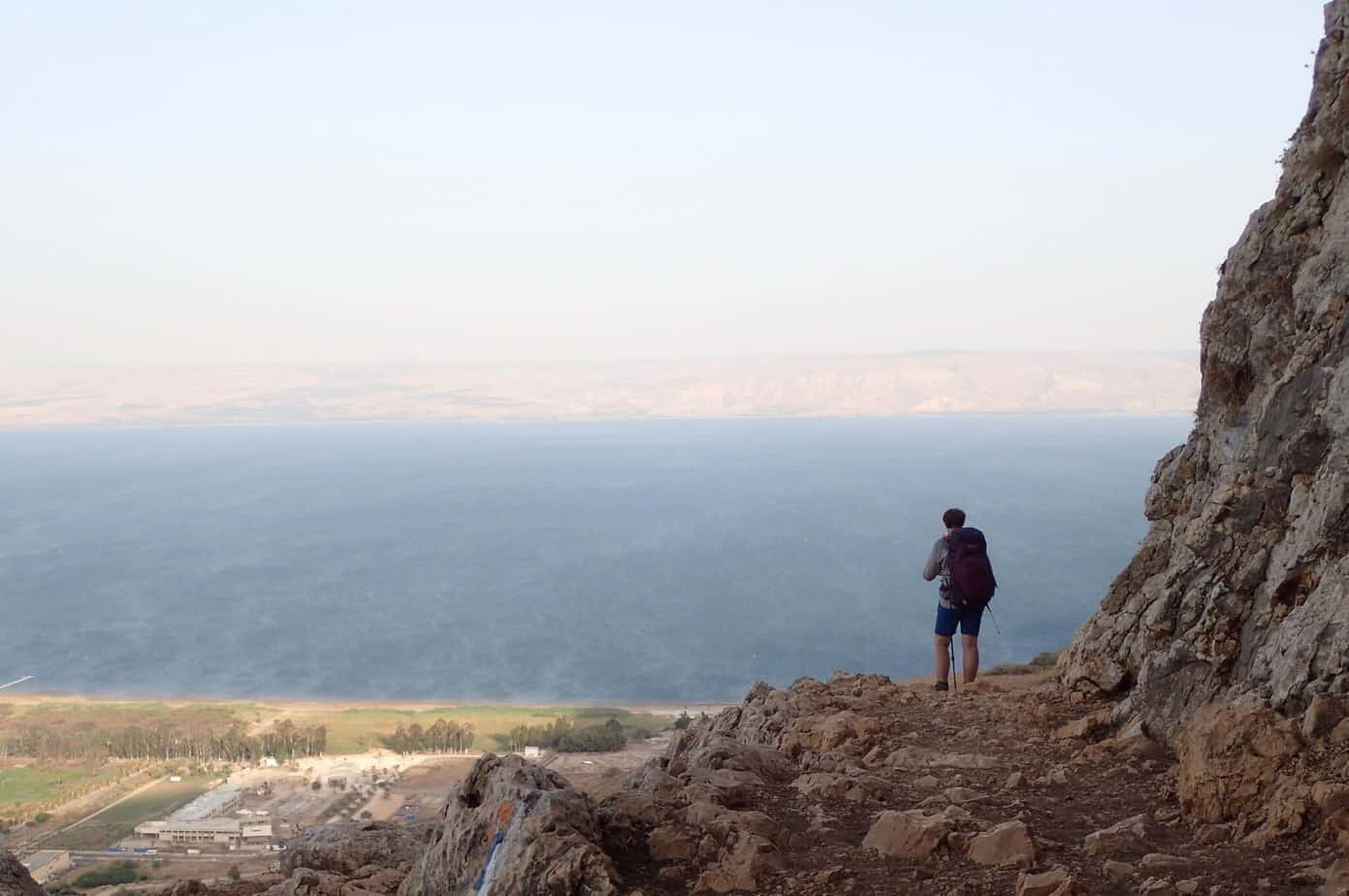
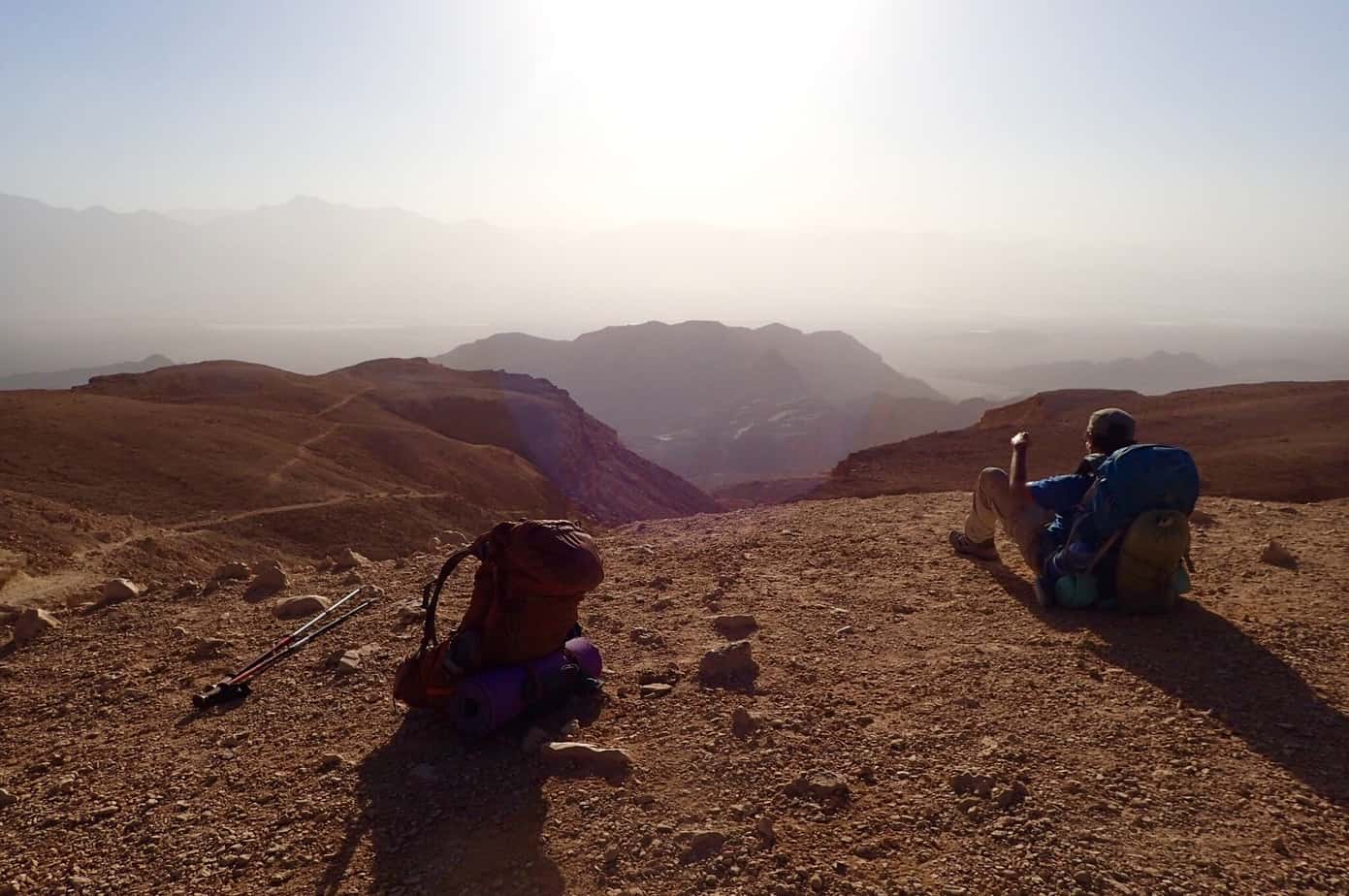

Have you thought of writing your experiences and learning into a book, Bex? It will always be part of you but shouldn’t be lost to others! Sue and Ron
Hi Sue and Ron
I’m letting the idea brew for a bit. I like the idea! If I can find a bit of time while relaxing in zanzibar, maybe I will start putting something together!
Thanks for supporting us every step of the way 🙂
Bex x
Disagree about the boots. For 35 years wore boots for hiking. A person I met on the trail (he had thru hiked the AT 3 X) advised me to switch to trail runners and he was right. They dry quicker, allow water to run out of your shoes so feet are drier and you walk in rain and water a lot. For first 500 miles I had hiked in leather boots and feet were always wet from sweat if not from rain and I could see that would be a problem) I have never gone back to boots except in winter weather. They are lighter in weight also which helps a lot. I have never needed the ankle support after nearly 40 years hiking and backpacking have never injuried an ankle. Again it is personal preference as to foot weat as well as other gear but a different opinion. Never suffered a blister on my entire 2186 mile AT thru hike. Lacing shoes properly help tremendously.
I’ve recently started to switch to trail shoes but only for hikes on easier paths. On the INT there were a couple of times I tripped on technical and difficult terrain and felt my ankle twist as far as the boots would let them. So I’m not sure I’d make the switch entirely. Definitely, agree they are sweatier though!
so i was planning on my very first long trek and i stumble up here.. i was reading your tips and it gave me much more idea on what i should do on my travel… thanks alot 😊😊😊
So great to hear – thank you Shane!! 🙂
I am a biginner in mountain climbing. How many times do I need to train to be fit to do the three peaks in Yorkshire in 12 hours
Hi Bex, found your site while looking for an answer to the walk-rest ration during a day. I’m planning to walk Te Araroa trail in New Zealand, 3000km in 4 months, meaning either walk 25km/day without a rest or 30km/day with one day per week rest. But during a single day what is better? Say rest every hour or every 5 km or walk 10-15km in the morning, then spend hot time in a shadow for few hours and then walk another 15km in the evening? Was there any research done on how our body reacts to stress? Is it better longer stress periods and longer rest intervals or the shorter the better? Thanks!